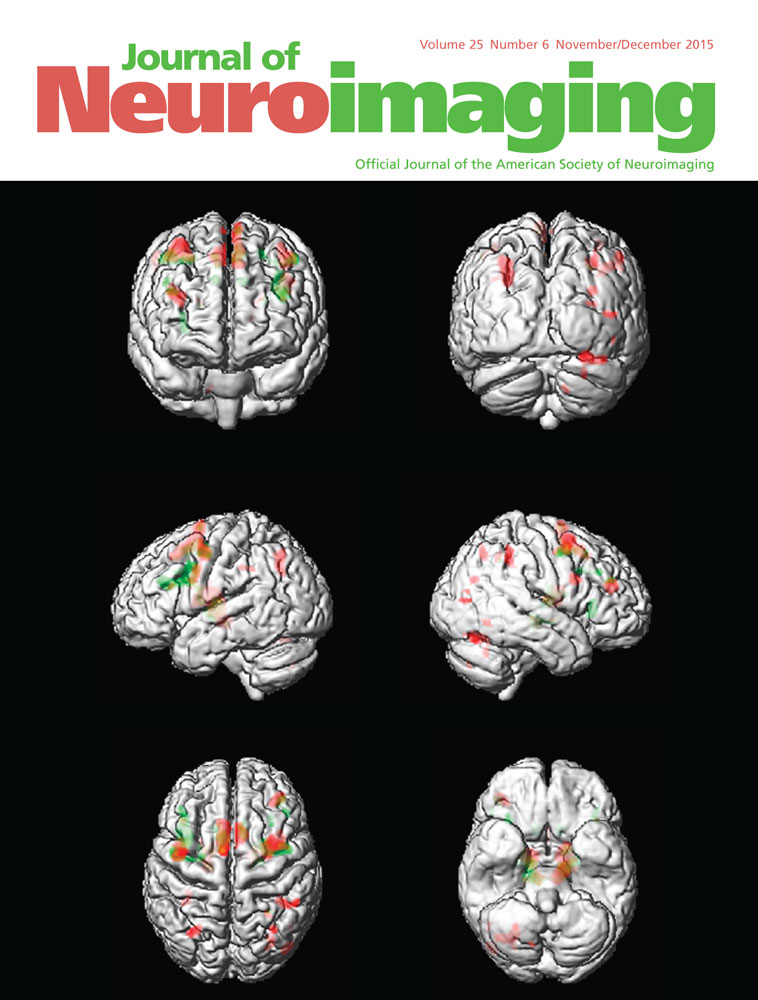MRI-Based Measurement of Brain Stem Cross-Sectional Area in Relapsing-Remitting Multiple Sclerosis
Funding: This research received no specific grant from any funding agency in the public, commercial, or not-for-profit sectors.
ABSTRACT
PURPOSE
To determine if patients with relapsing-remitting multiple sclerosis (RRMS) have a reduced brain stem cross-sectional area (CSA) compared to age- and sex-matched controls. The brain stem is a common site of involvement in MS. However, relatively few imaging studies have investigated brain stem atrophy.
METHODS
Brain magnetic resonance imaging (MRI) was performed on patients and controls using a 1.5T MRI scanner with a quadrature head coil. Three-dimensional magnetization-prepared rapid acquisition gradient-echo (MPRAGE) images with 128 contiguous slices, covering the whole brain and brain stem and a T2-weighted image with 3 mm transverse contiguous images were acquired. We measured the brain stem CSA at three sites, the midbrain, the pons, and the medulla oblongata in 35 RRMS patients and 35 controls using a semiautomated algorithm. CSA readings were normalized using the total external cranial volume to reduce normal population variance and increase statistical power.
RESULTS
A significant CSA reduction was found in the midbrain (P ≤ .001), pons (P ≤ .001), and the medulla oblongata (P = .047) postnormalization. A CSA reduction of 9.3% was found in the midbrain, 8.7% in the pons, and 6.5% in the medulla oblongata.
CONCLUSIONS
A significantly reduced, normalized brain stem CSA was detected in all areas of the brain stem of the RRMS patients, when compared to age- and gender-matched controls. Lack of detectable upper cervical cord atrophy in the same patients suggests some independence of the MS pathology in these regions.




